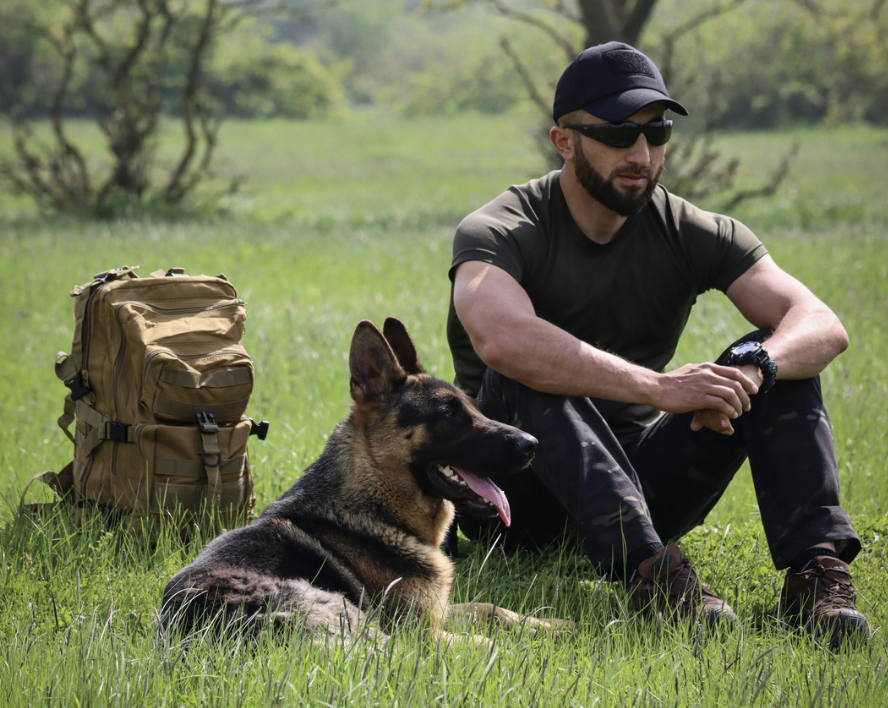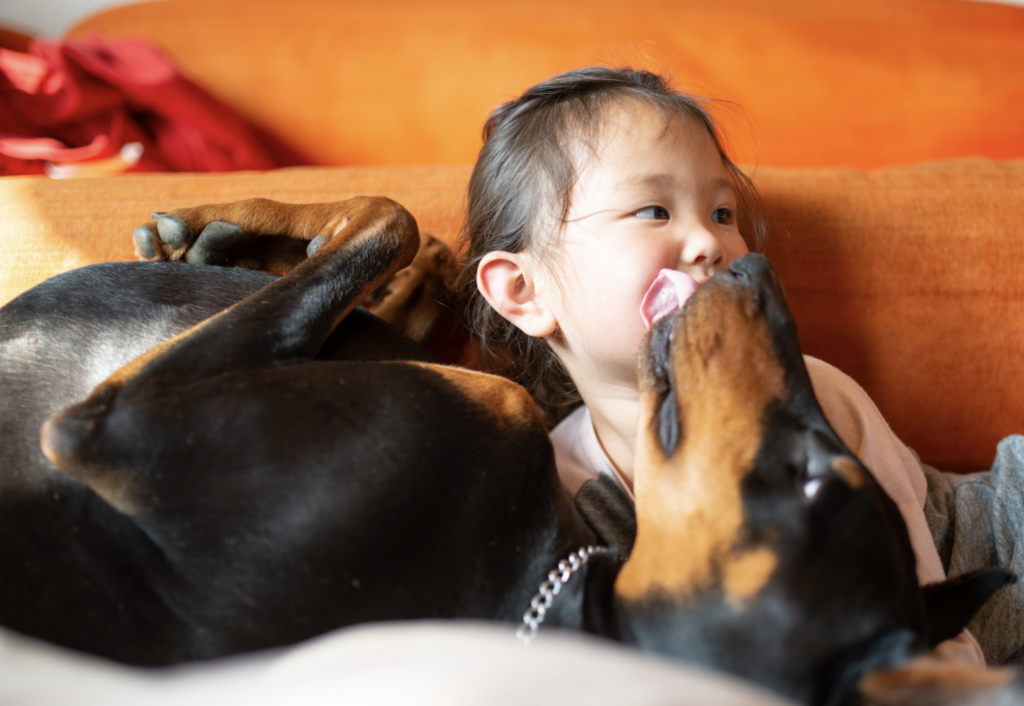What is a Family Protection Dog?
A family protection dog is a highly trained dog that provides security, companionship, and peace of mind to its owners. Unlike conventional guard dogs, which are primarily trained for security purposes, a family protection dog is a well-socialised, obedient, and affectionate member of the household. These dogs are specifically trained to deter threats, respond to commands in high-pressure situations, and protect their owners when necessary—whether at home or out in public.
Who in the UK Might Own a Family Protection Dog?
Family protection dogs are not just for the rich and famous; they are becoming increasingly popular among various individuals and families who prioritise safety. Here are ten specific examples of people in the UK who may own a family protection dog:

- High-Net-Worth Individuals (HNWIs)
- Lifestyle: Own luxury homes, drive high-end cars, and frequently travel.
- Home Type: Large estates or gated properties.
- Location: Exclusive areas such as Knightsbridge (London), Cheshire’s Golden Triangle, or Surrey’s stockbroker belt.
- Business Owners and CEOs
- Lifestyle: Run successful companies, often deal with high-stakes contracts.
- Home Type: Expansive suburban homes with advanced security systems.
- Location: London, Birmingham, or affluent commuter towns.
- Celebrities and Public Figures
- Lifestyle: High public exposure, potential risks from stalkers or unwanted attention.
- Home Type: Private, high-security homes.
- Location: West London, countryside retreats in the Cotswolds.
- Single Parents
- Lifestyle: Raising children alone, often working late hours.
- Home Type: Detached or semi-detached houses with gardens.
- Location: Suburbs, smaller towns like Reading or Bristol.
- Farm Owners and Rural Dwellers
- Lifestyle: Large open properties, often dealing with theft threats.
- Home Type: Farmhouses with expansive land.
- Location: Yorkshire Dales, Scottish Highlands, rural Wales.
- Police Officers and Military Veterans
- Lifestyle: Disciplined, accustomed to security concerns.
- Home Type: Detached or semi-detached homes with secure fencing.
- Location: Areas near military bases such as Aldershot or Colchester.
- High-Profile Lawyers and Judges
- Lifestyle: Often deal with sensitive legal cases, potential for threats.
- Home Type: Townhouses or country homes with security measures.
- Location: London, Bath, or Oxford.
- Doctors and Surgeons
- Lifestyle: Work long shifts, return home late at night.
- Home Type: Detached homes with modern security.
- Location: Major cities like Manchester or Edinburgh.
- Influencers and Social Media Personalities
- Lifestyle: Online presence, high visibility, risk of online threats turning physical.
- Home Type: Stylish apartments or modern homes with security systems.
- Location: London, Brighton, or Manchester.
- Families in High-Crime Areas
- Lifestyle: Normal working-class families but concerned about local crime rates.
- Home Type: Townhouses or semi-detached homes.
- Location: Urban areas like parts of Birmingham or Liverpool.
What Qualities Should a Family Protection Dog Have?
Not every dog is suitable for protection work. The ideal family protection dog must have:
- Strong Temperament: Confident and stable under pressure.
- High Intelligence: Quick to learn and adaptable to various situations.
- Protective Instincts: Natural guarding ability without being overly aggressive.
- Obedience: Responds immediately to commands.
- Sociability: Safe and affectionate with family members, especially children.
- Controlled Aggression: Only reacts when commanded or when a real threat is present.
- Physical Strength: Large and strong enough to deter potential attackers.
- Loyalty: A deep bond with its family, ensuring unwavering protection.

The Role of a Family Protection Dog
A family protection dog serves multiple roles, including:
- Deterrence: Their presence alone can deter criminals.
- Immediate Response: Trained to react to threats within seconds.
- Companionship: Acts as a loving family pet when not in protection mode.
- Property Security: Patrols and guards the home against intruders.
- Public Safety: Provides reassurance and security when walking in unsafe areas.
How Does a Family Use Their Dog for Protection?
At Home:
- The dog is trained to alert owners to unusual activity (e.g., someone trespassing).
- If an intruder enters, the dog can bark aggressively to deter them.
- If necessary, the dog can be commanded to engage and detain the intruder until help arrives.
On Walks:
- A family protection dog is taught to walk calmly but remain alert to its surroundings.
- If someone poses a threat, the dog can stand in front of family members as a barrier.
- If an attacker becomes aggressive, the dog will defend on command or if it senses danger.
- The dog can also be trained to escort children home safely from school.
A family protection dog is more than just a pet—it’s a guardian, a companion, and a deterrent against potential threats. Whether you are a business owner, a single parent, or simply someone who values security, having a well-trained protection dog can offer unparalleled peace of mind. Investing in the right dog with professional training ensures that you not only have a loving family member but also a powerful protector by your side.
If you’re considering a family protection dog in the UK, make sure to work with reputable trainers who specialise in social, obedient, and well-rounded protection dogs. The right dog can make all the difference in keeping your family safe, both at home and out in the world.

